Spike in Child Porn Consumption: The Dark Underbelly of Lockdown
By Avni Gupta
*Warning: The article contains sensitive content related to pornography and child sexual exploitation.
The Prime Minister of India announced a nationwide lockdown in the country due to COVID-19 pandemic on March 23, 2020. Since then, India has experienced fluctuating and chaotic trends – economic, educational, lifestyle related are a few to name. However, the most horrific trend observed was found to be a 95 per cent spike in child pornography searches over the internet. An abrupt magnification in online searches of terms such as “child porn”, “sexy child”, “teen sex videos”, and “school girls sex” has come to light.
Although in 2019, Women and Child Development Ministry inculpated nearly 377 websites of hosting child abuse material in order to protect children from sexual predators, high cases of child pornography have been recorded this year. In spite of the ban on viewing, producing, and exchanging of child pornography in the country, it remains widespread.
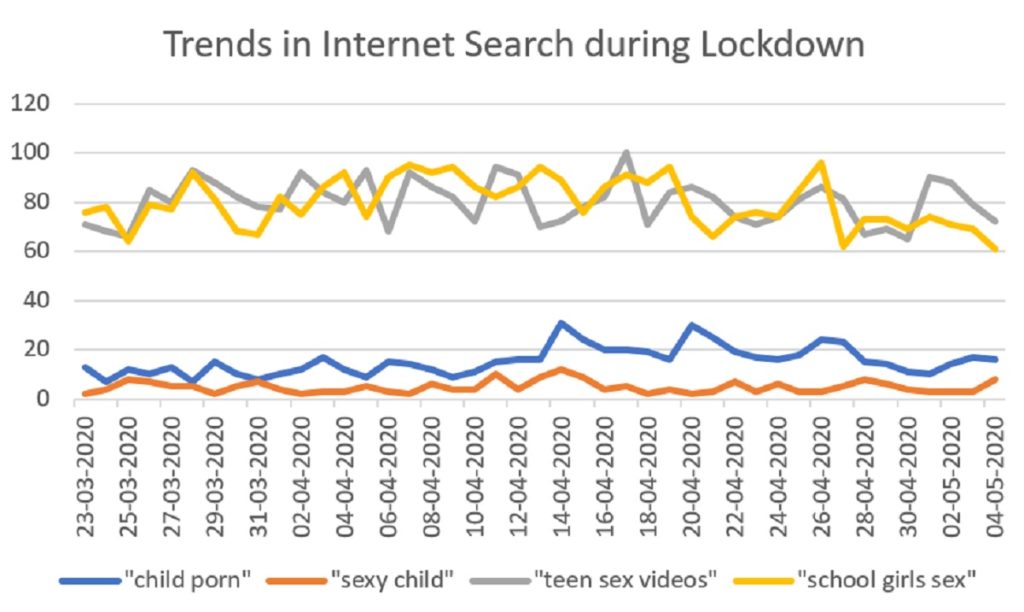
Recent case of Bois Locker Room Talks further adds to the claim. Objectification and sexualisation of girls were observed as group members gave gang-rape threats to minors. Moreover, several girls have complained of receiving Skype video calls from strangers, who masturbate and harass them over the internet.
Shamefully, India has been held accountable for the highest number of online sexual abuse materials involving children in a global compilation by the National Centre for Missing and Exploited Children (NCMEC). The National Capital Region leads the list of highest uploads of child sexual abuse material (CSAM) in the country, followed by Maharashtra and Gujarat. Numerous South Asian countries follow India including Pakistan and Bangladesh, which poses an alarming concern.
The most popularly used porn website, Pornhub, encountered a 95 per cent hike in traffic within three days of the country-wide lockdown. Altogether, in a data from 100 cities, the demand of child pornography was found to be 5 million per month, which has increased even more now. Cities like Chennai, New Delhi, Mumbai, Chandigarh, Guwahati, Kolkata, Bhubaneshwar, and Indore have provided a strong explicit content demand.
One of the largest non-profit organizations of South Asia, India Child Protection Fund (ICPF) reported an extremely disturbing finding which states that there is a skewness towards violent and exploitative content. Preference for content with specific age groups and locations was noticed. 18 percent of the total viewers are inclined towards videos with children choking, bleeding, being tortured, in pain, or screaming, which is a 200 percent increase.
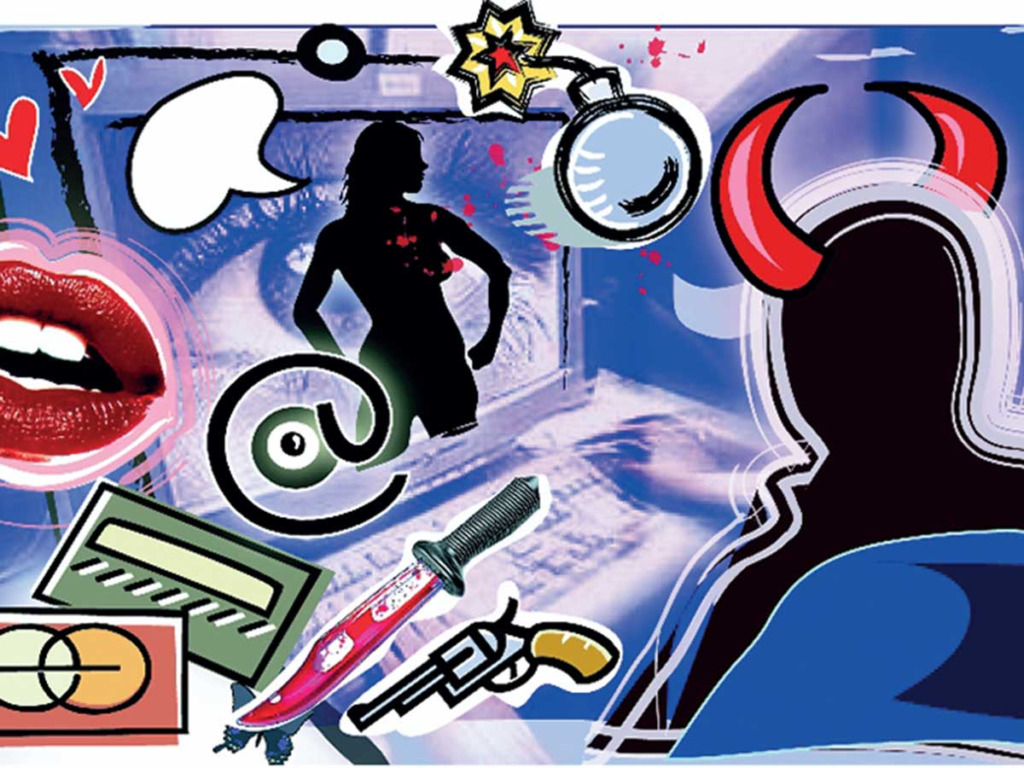
Why an Increase?
The surge in child porn consumption indicates how millions of paedophiles, rapists, child porn addicts, and sexual abusers have drifted online, making the internet perilous for children.
According to the UN, paedophiles are spending more time online during the lockdown situation. They have especially lured children who utilize online platforms regularly and those who are lonely or anxious. The internet is under tremendous vulnerability as it is now regularly being used to play indoor games, socialise, attend online lectures, and for entertainment. Thus, sexual offenders pose a high risk of cyber-trafficking, grooming, sextortion, sexting, and live streaming.
With free availability of wi-fi and low-cost data plans, pornographic material is readily accessible in urban as well as rural areas of the country. Porn can be conveniently obtained on social media platforms like WhatsApp, Telegram, Twitter, and TikTok. Hidden links are often within reach, which direct one to the porn website.
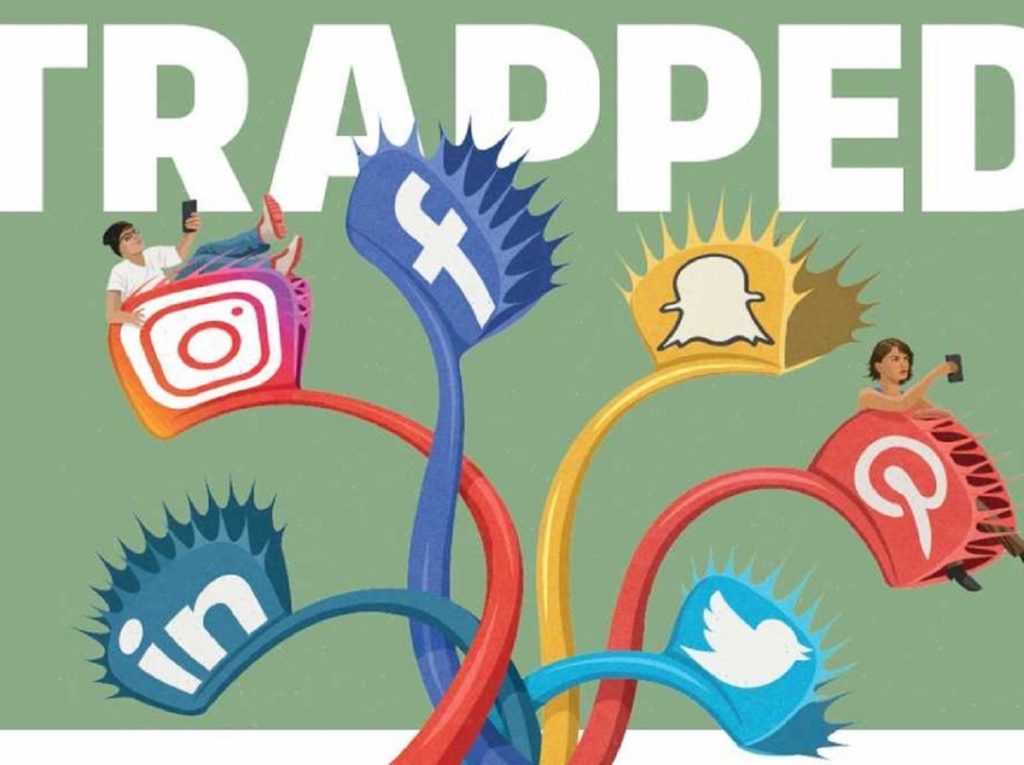
The Consequences
Child pornography is a form of child sexual exploitation. It not only scars the child, but sows the seed of sexual abuse cycle. Published in the reputed Journal of Adolescence and Youth (2008), a research reports that exposure to sexual behaviours, traumatic sexual experiences, and coercion of homosexual acts on precocious children advances the risk of the child becoming a sexual offender at young age.
An inexhaustible access to pornography causes neurological issues, addiction, destructive behavioural patterns, psychological problems, distraction, and inability to understand healthy relationships, and also encourages violent actions. An easy access to pornography spawns high vulnerability of child-related crimes. It is often observed that child-trafficking exists alongside child sexual abuse.
What the child welfare authorities fear is that an even further extension of lockdown could result in paedophiles exploiting the state by lurking more children on the internet.
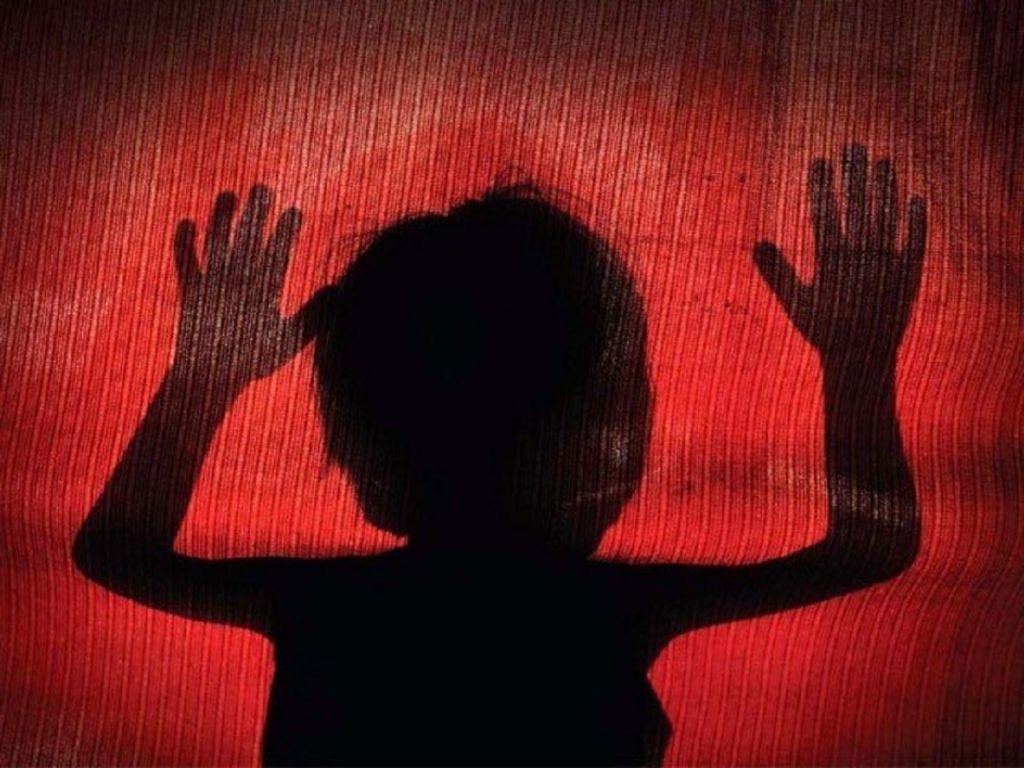
What’s being done?
Under the Protection of Children from Sexual Offences (POCSO) Act, cyber grooming, advocating, or counselling sexual activities with a person under 18 years of age has been made an offence. Section 67B of the IT Act provides stringent punishment for publishing, browsing or transmitting child porn in any electronic form.
ICPF suggests a pan-tracker based on artificial intelligence, which would monitor viewing as well as sharing of child sexual abuse material online. The Crime Investigation Department (CID) analyses work done by local cybercrime authorities on the intelligence provided to them. Government blocks the websites containing extreme CSAM in accordance with Interpol’s “worst-of-list” shared periodically by the CBI.
Childline India Helpline has been initiated for protection from abuse and violence, which managed to receive more than 92,000 SOS calls in the first 11 days of the lockdown.
The National Commission for Protection of Child Rights (NCPCR) sent notices to Google, WhatsApp, and Twitter, citing gaps on these social platforms. Numerous CSAM are accessible through apps available on Google Play Store. On WhatsApp, certain links have been circulated to join encrypted groups and pornographic materials are rampantly shared in them. These links have also been propagated by various handles over Twitter.
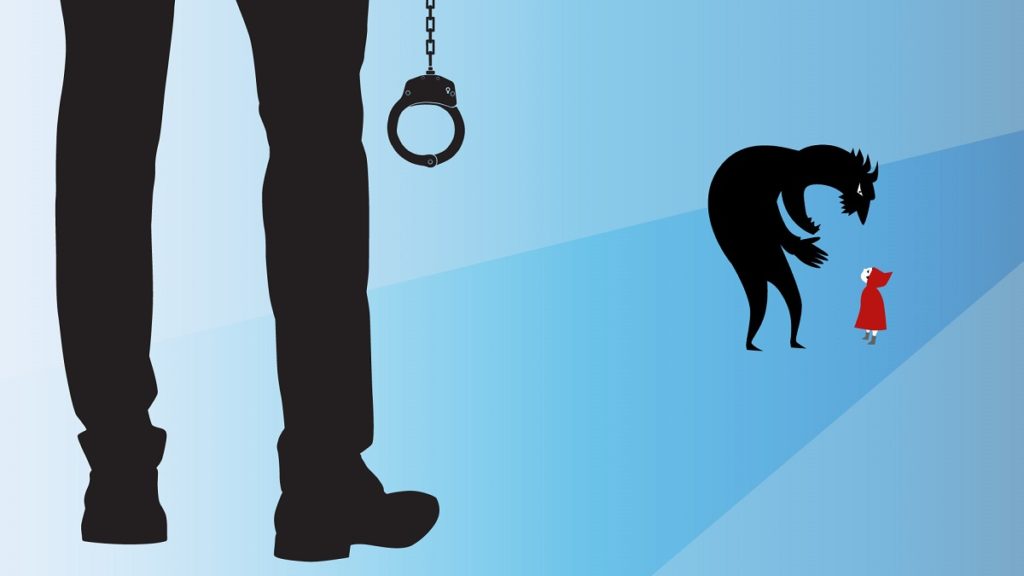
The Ministry of Electronics and IT (MeitY) sent a draft to the Law Ministry to set automated filters for content related to child pornography on social media. Mobile numbers shall be verified, origin of messages shall be traces, and automated tools to identify child pornography shall be built. Vice President, M Venkaiah Naidu has recommended internet service providers like Jio and Airtel with stringent laws by, to hold them accountable for child abuse enabled.
Only strict actions toward sexual offenders of such heinous acts can help curb the situation and make the internet less vulnerable for youngsters of the nation.
Author

